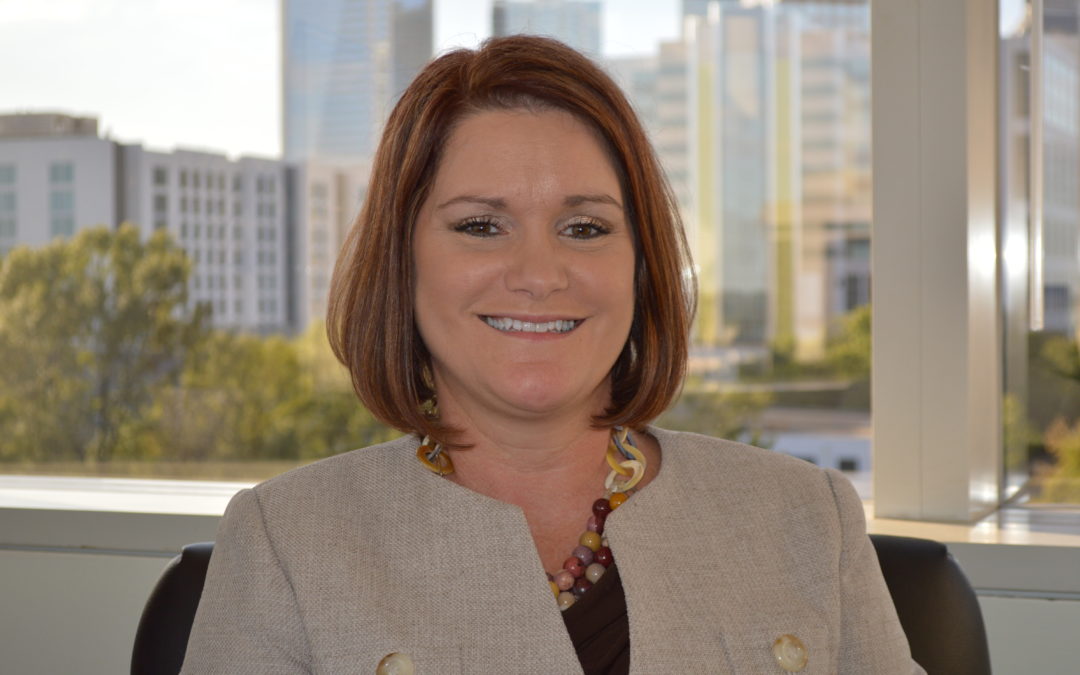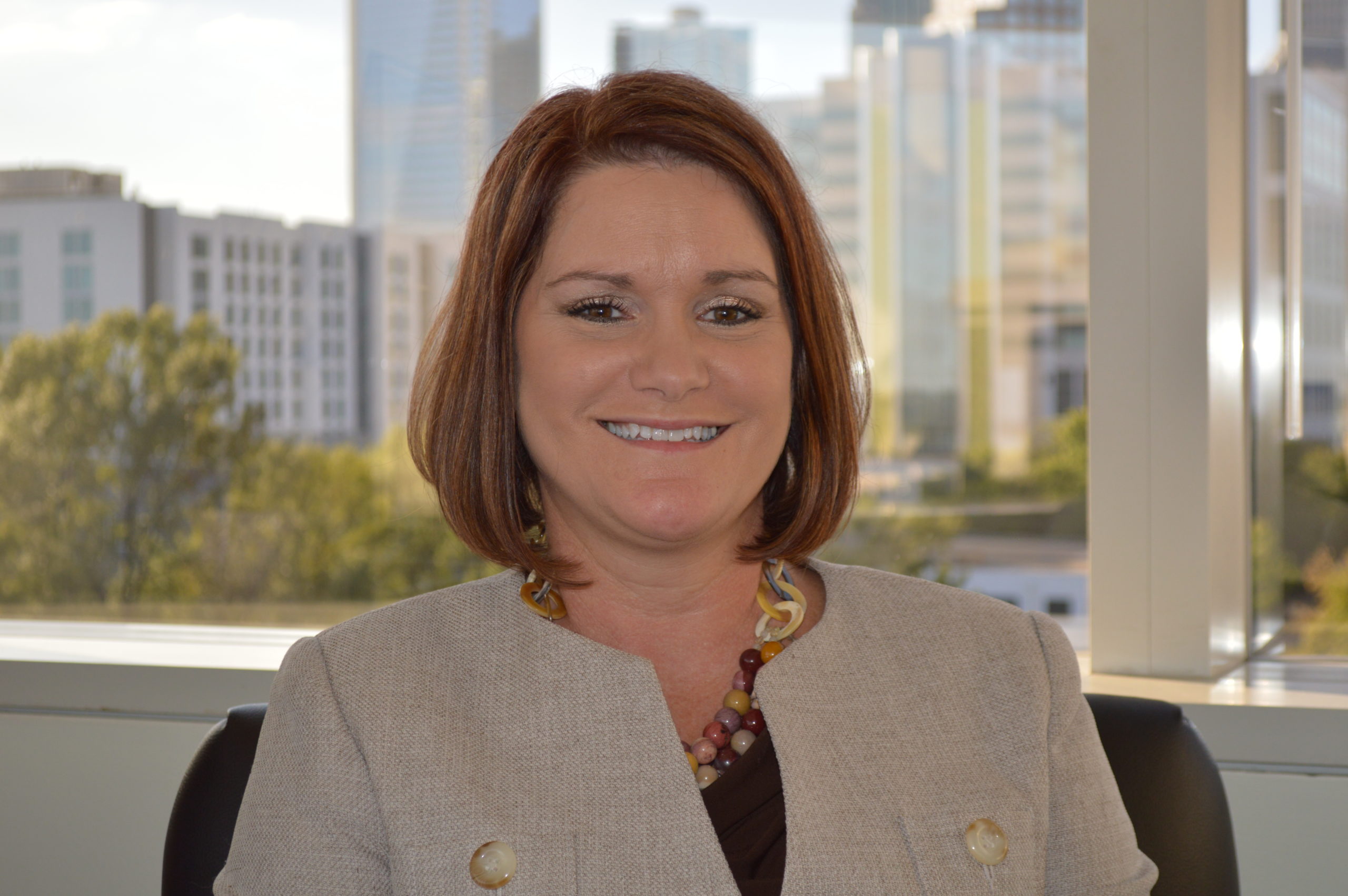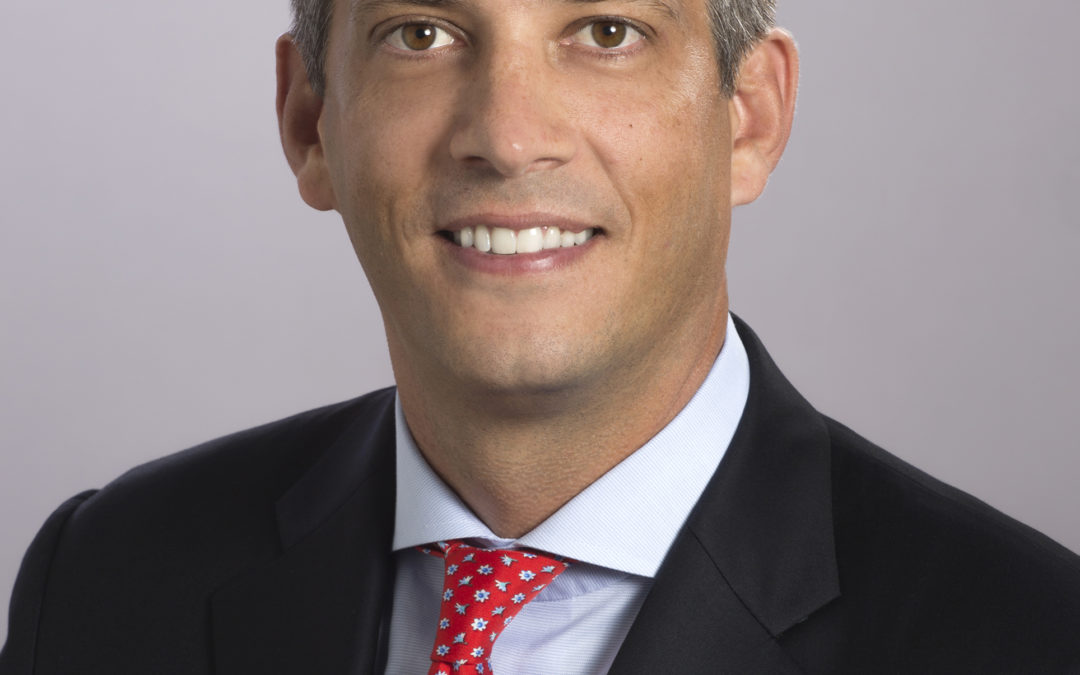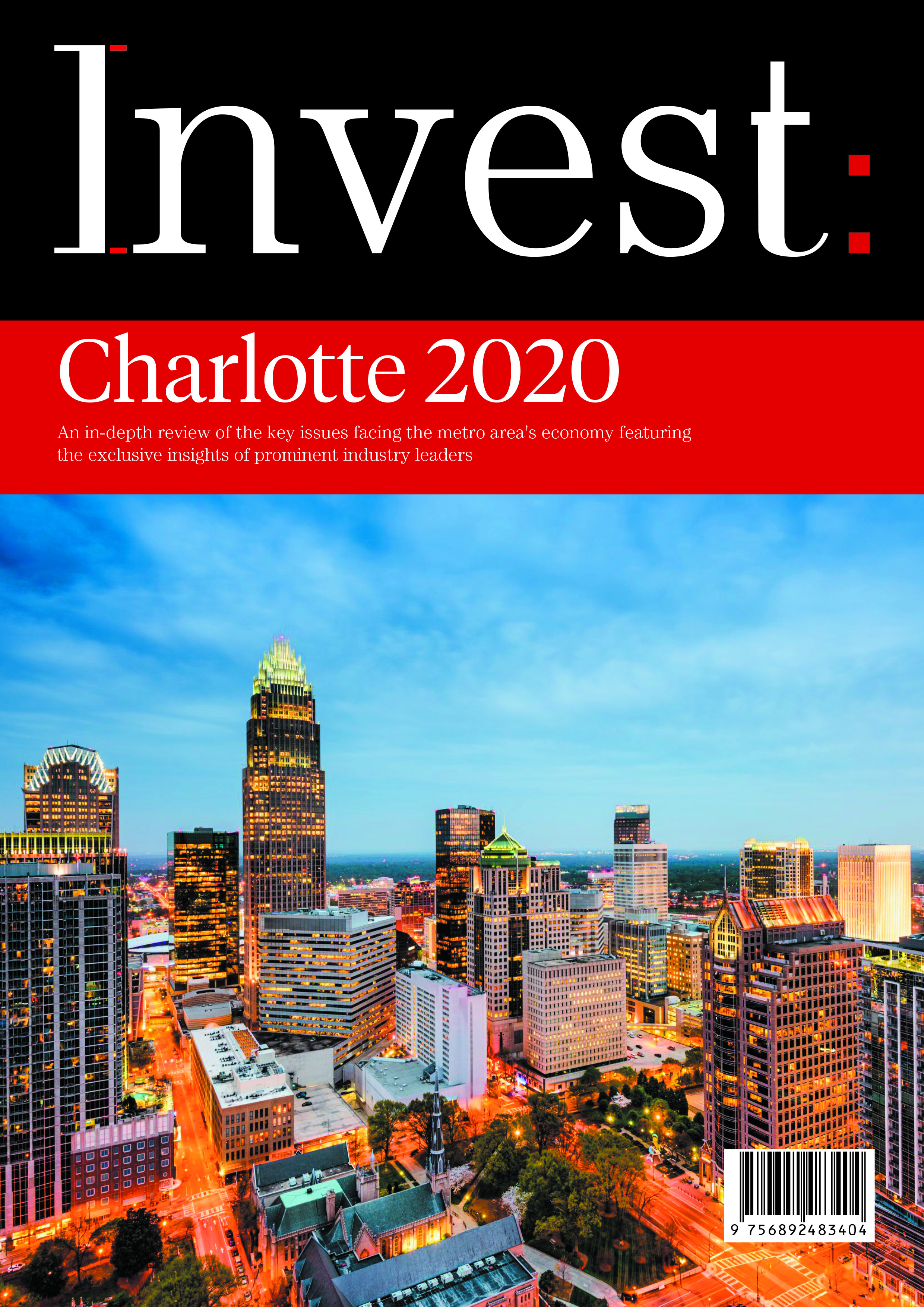
Spotlight On: Liz Babson, Director, Charlotte Department of Transportation
By: Felipe Rivas

2 min read November 2019 — As Charlotte continues to grow, the Department of Transportation is looking at ways to improve and innovate its transportation system. The department has been keen on leveraging capital investment with private development to build a safe transportation network for drivers, cyclists and pedestrians. Safety is a top priority for the department heading into 2020, said Liz Babson, director of the Department of Transportation, in an interview with Invest: Charlotte.
How has Charlotte’s transportation system kept up with economic growth in the past decade?
“Charlotte, like other major cities, is experiencing economic growth and is seeing the effects of that in its transportation system. We have seen congestion increase throughout the community. The city must look at multiple ways to solve and manage its transportation system. We put a lot of investment in transit and other transportation improvements and continue to manage congestion. In the last decade, we have seen a shift in the way we look at transportation investment throughout the city, not just on the transit side but making sure we are connecting our networks, such as our walkways and bikeways, and giving people a choice when they travel throughout the city. We are making a major shift from traditional roadway projects and single occupancy vehicles.”
What is the state of the transportation system in Charlotte?
“In the last few years, the state legislature was changed to reprioritize transportation investment throughout North Carolina. As a result, there is a tremendous amount of investment at the state level that is coming to Charlotte. Some $3.2 billion in state transportation investment is earmarked for this city. Those are projects that will improve the freeway systems throughout North Carolina. As your capacity increases in those facilities, it gives people more travel options to use Charlotte’s surface streets for local, short trips. We then have more capacity at the surface street level to improve the transportation system for cyclists and pedestrians.”
How is the Department of Transportation working with the private sector to speed up projects in Charlotte?
“We work to find ways to align our capital investment to where we know new development or redevelopment is happening. The Camp North End project north of Uptown and the River District are good examples where we anticipated the type of development and redevelopment we want to see happen and set aside capital investment dollars to partner up with investors and developers. It allows us to see projects developed quicker. The challenge is finding equitable and balanced ways to do that. We have always tried to be strategic with our partnerships; sometimes the private side is faster and more efficient.”
How is the Department of Transportation working with the community as Charlotte continues to grow?
“We are developing our 2040 Comprehensive Plan. We are engaging the community, elected officials and private partners in a way that we have not done before to look at how we want to grow as a community and how we will do that. We are engaging the community as we have those conversations, so they can understand the challenges and how we can work together as we head into the future. We are having those tough conversations in a meaningful way. This is an important undertaking for the city. It will be transformational for the city from an organizational structure and how we do our work and engage the community.”
How is the Department of Transportation using technology to improve transit operations?
“We have close to 850 traffic signals and close to 350 miles of fibers that communicate with 90% of those signals. From one central location, we can change signal timing for the entire city. That fiber infrastructure also manages our traffic camera system, which is comprised of around 450 cameras located throughout the city. It’s a shared system. We work very closely with the police and fire departments. Together we can make on the spot decisions that improve emergency response times and help get the roads cleared faster when there are bigger problems. We have the infrastructure in place to test and implement new smart traffic technologies. We are looking at the possibility of leveraging the connected traffic system with people’s smartphones to share information from the traffic signal operations with pedestrians who want to know when the bus is coming or commuters who want to know when the traffic lights will change. Those are the kinds of things we are starting to look at.”
What are the Department of Transportation’s priorities heading into 2020?
“We are working to do road projects that are transformational, as well as small, safety improvements to expand our safe and efficient transportation system for our cyclists and pedestrians. We are a Vision Zero city and are working toward no deaths or serious injuries on our streets by 2030. The goal allows us to take a data-driven approach when it comes to capital investments. We are continuously looking for opportunities to leverage private development with capital investment to build a safe transportation network. There is a real intentional focus to improve the safety of our cyclists and pedestrians.”
To learn more about our interviewee, visit: https://charlottenc.gov/Transportation/

















